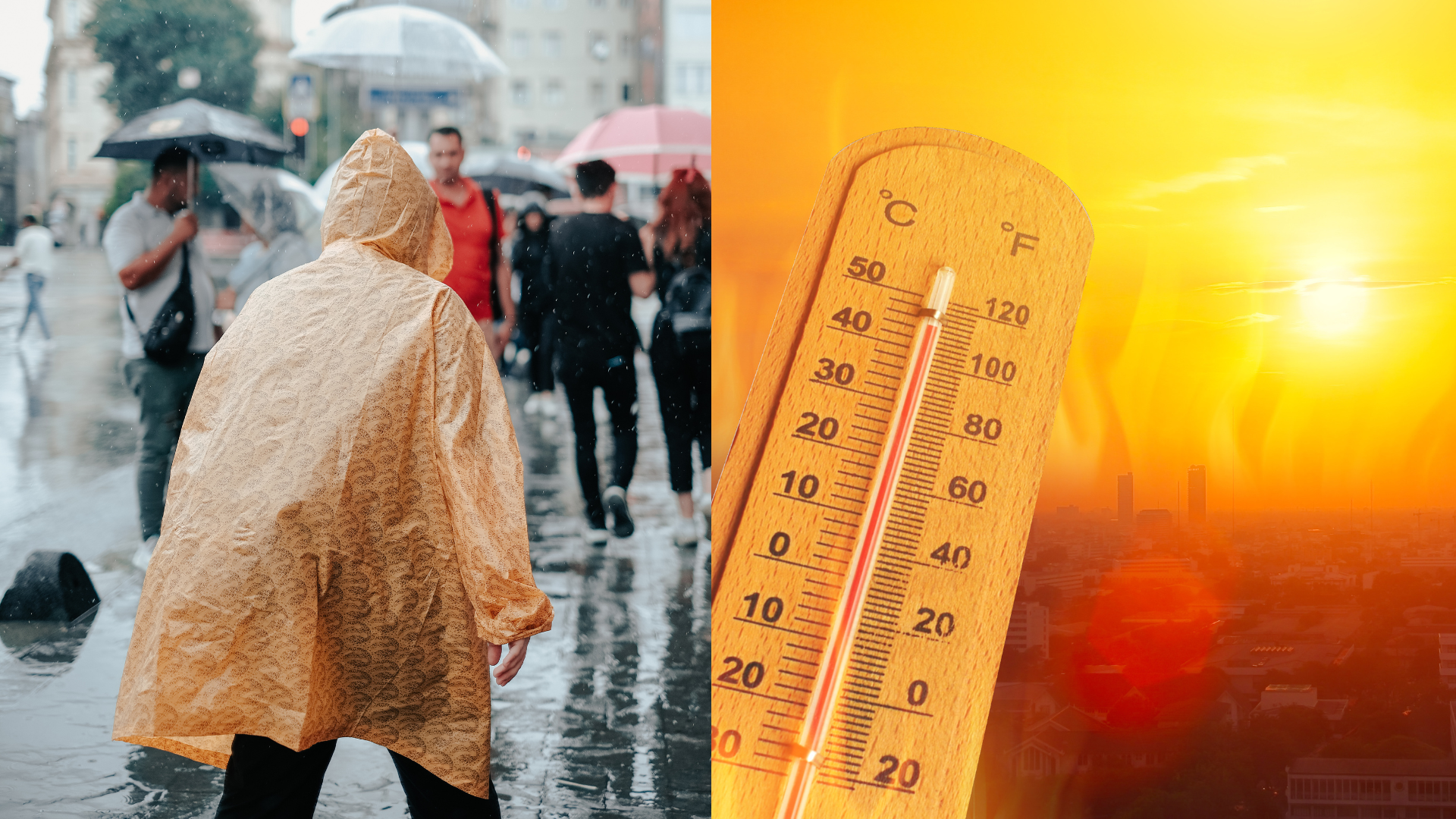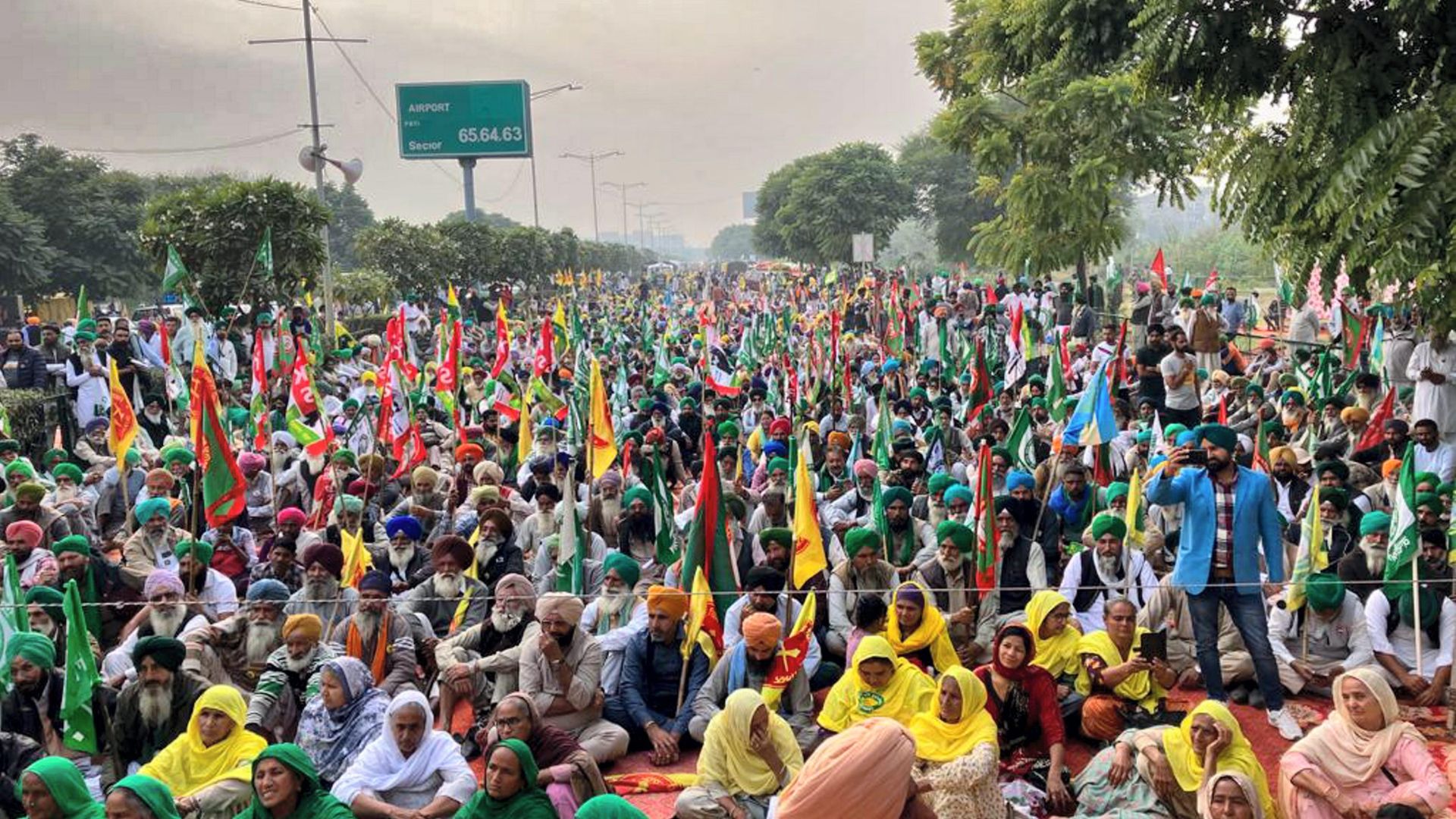In a stark contrast of weather patterns, North India grapples with scorching heatwaves while the South faces relentless heavy rainfall. This dramatic shift in weather conditions has left many wondering about the underlying causes. The weather phenomenon has sparked discussions about the role of climate change in driving such extreme conditions.
Meteorologists attribute the heatwaves in North India to various factors, including the influence of dry winds from the northwest, reduced cloud cover, and high-pressure systems prevailing over the region. These conditions create a heat-trapping effect, leading to soaring temperatures that exceed seasonal norms.
The northern region, including states like Delhi, Rajasthan, Uttar Pradesh, and Punjab, is experiencing scorching temperatures well above normal for this time of year. The mercury has soared to record highs, surpassing 45 degrees Celsius in some areas. This prolonged heatwave has led to discomfort among residents, increased demand for electricity due to heightened use of air conditioning, and concerns about heat-related health issues.
Conversely, the heavy rainfall in South India is a result of several atmospheric phenomena. The onset of the Southwest Monsoon, coupled with the presence of low-pressure areas and active monsoon troughs, contributes to intense rainfall across states like Tamil Nadu, Kerala, and Karnataka. Sea surface temperatures, wind patterns, and the interplay of monsoon currents also play a significant role in fueling these rainfall events.
Southern states are witnessing heavy rainfall and thunderstorms. Several districts have reported causing waterlogging, disruptions in transportation, and damage to crops. The sudden deluge has raised questions about the adequacy of drainage systems and preparedness for monsoon-related challenges.
The Regional Meteorological Department (RMD) has issued a warning for heavy rainfall across Tamil Nadu, Kerala, and Karnataka over the next few days. In Tamil Nadu, twenty-two districts are expected to experience heavy rainfall for the next 72 hours, with a red alert issued for four districts including Kanyakumari, Theni, Tirunelveli, and Tenkasi. The RMD forecasts isolated heavy to very heavy rainfall, with extremely heavy rain likely in specific areas of these districts.
In Kerala, three districts—Pathanamthitta, Idukki, and Kottayam—are on red alert for extremely heavy rainfall on May 20 and May 21. The India Meteorological Department (IMD) has predicted rainfall exceeding 20 cm within a 24-hour period in these areas.
Meanwhile, Karnataka is also gearing up for heavy rain on May 23, with a yellow alert issued for various districts. Coastal and southern interior regions are advised to prepare for significant rainfall accompanied by thunderstorms.
Additionally, the Southwest Monsoon is expected to progress into the South Andaman Sea, parts of the Southeast Bay of Bengal, and Nicobar Islands within the next 36 hours. A cyclone circulation is observed over south interior Tamil Nadu and neighboring areas at low and mid-tropospheric levels, indicating active weather patterns in the region.
Climate scientists and experts point to climate change as a key factor driving these extreme weather events, experts highlight the broader context of climate change, which is amplifying weather extremes globally. The warming of oceans and changes in atmospheric circulation patterns contribute to the intensification of heatwaves and heavy rainfall events, affecting different regions in diverse ways.
The warming of the planet due to greenhouse gas emissions is altering weather patterns, leading to more frequent and severe heatwaves, storms, and precipitation extremes. The Indian Meteorological Department (IMD) has also noted an increase in the frequency and intensity of such weather anomalies in recent years, attributing them to global climate trends.
Rising temperatures in urban areas, coupled with factors like urbanization, deforestation, and heat island effects, exacerbate the impact of heatwaves, making cities more susceptible to heat-related illnesses and infrastructure strain. In contrast, changes in ocean temperatures and atmospheric conditions contribute to the intensification of monsoons and heavy rainfall events in coastal and southern regions.
Efforts to mitigate climate change and adapt to its effects are gaining importance as these extreme weather events become more frequent. Strategies such as promoting renewable energy sources, enhancing green infrastructure, improving water management systems, and raising awareness about climate resilience are crucial in addressing the challenges posed by climate change.
As the world grapples with the consequences of a warming planet, proactive measures and global cooperation are essential to mitigate the impact of extreme weather events and build a more sustainable future.
As communities across India adapt to these contrasting weather challenges, meteorological agencies continue to monitor and forecast these weather phenomena, emphasizing the need for resilient infrastructure and proactive measures to mitigate the impacts of extreme weather events.




















